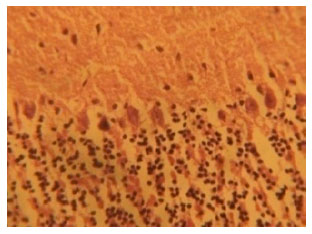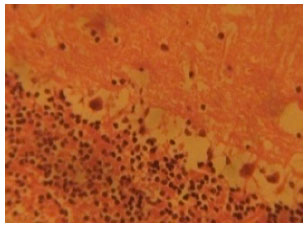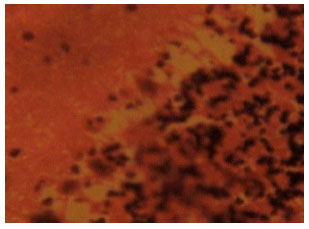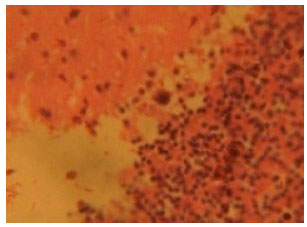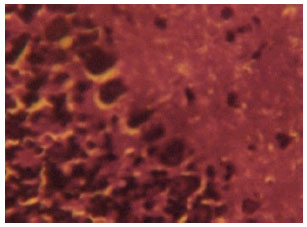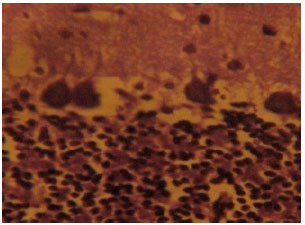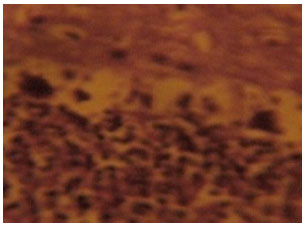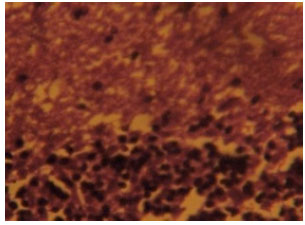Research Article
Some Histological Observations and Microstructural Changes in the Nissl Substances in the Cerebellar Cortex of Adult Wistar Rats following Artesunate Administration
Department of Anatomy, Faculty of Basic Medical Sciences, P.M.B. 4000, Lautech Ogbomoso, Oyo State, Nigeria
P.B. Fakunle
Department of Anatomy, Faculty of Basic Medical Sciences, P.M.B. 4000, Lautech Ogbomoso, Oyo State, Nigeria
P.D. Shallie
Department of Anatomy, Faculty of Basic Medical Sciences, P.M.B. 4000, Lautech Ogbomoso, Oyo State, Nigeria









